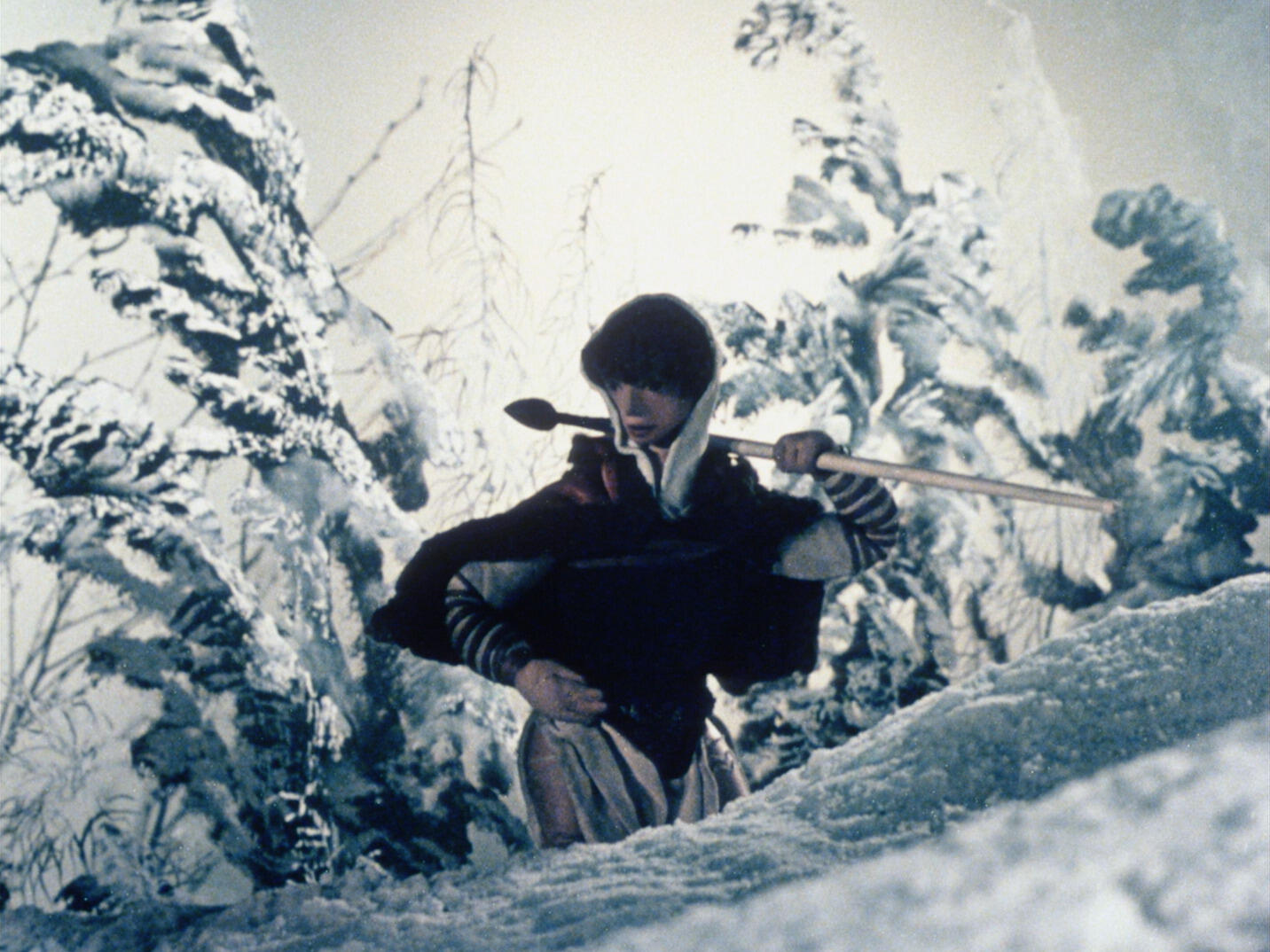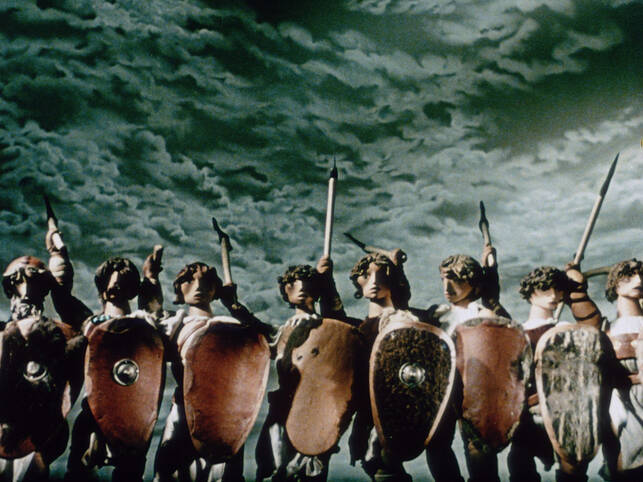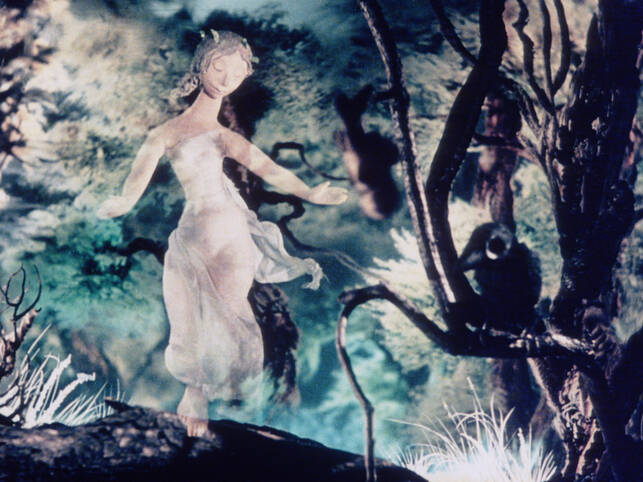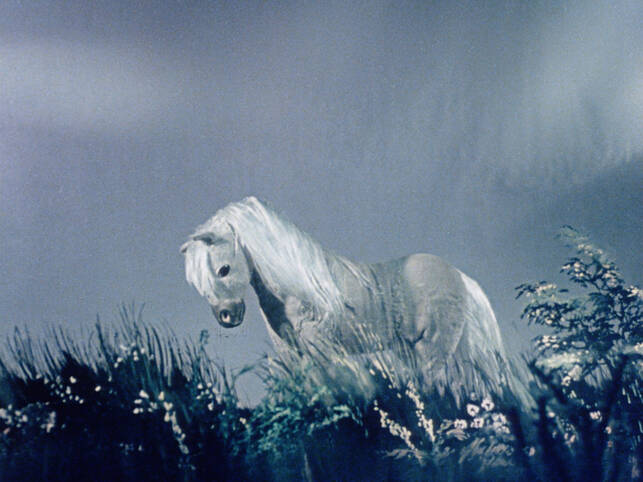Summary
Jiří Trnka's classic puppet film is one of the leading works of the golden fund of Czech cinema. It still surprises with its innovative concept of puppet film and artistic complexity. The plot is based on Alois Jirásek's work of the same name, but Trnka and writer Miloš V. Kratochvíl also relied on the Chronicle of Kosmas or the results of archaeological research when writing the film story. The basis is six episodes from the ancient history of the Bohemians, from their arrival in their new homeland under the leadership of the Duke of Bohemia, through the legends of Bivoj's duel with the dangerous boar, Libuše and Přemysl, the Maiden War and Horymír and his faithful horse Šemík, to the final fable of the Luka War. The episodes are linked by commentary and build on each other seamlessly, but they were sometimes performed separately abroad. In terms of art, Trnka drew on historical knowledge, but at the same time he had to adapt to the visual stereotypes associated with the paintings or illustrations of Josef Mánes, Antonín Procházka, Mikuláš Alš and Věnceslav Černý. He created a large number of puppets with stylized yet individualized faces and devoted himself not only to the protagonists but also to large crowd scenes, which placed considerable demands on the animators and other members of the crew. Emphasis was also placed on the execution of costumes and props. The sound component, in addition to the voices of several narrators from among the famous Czech actors and the ingeniously created movements, consists of a rich musical accompaniment by Václav Trojan, which is based on certain ideas of contemporary music, combined with classical symphonic music, but especially on Czech folk tradition, which is reflected in the dramaturgical use of various songs. In restoring the original material, the aim was not to create an ideal form, but to come as close as possible to the state in which the film was first shown.





